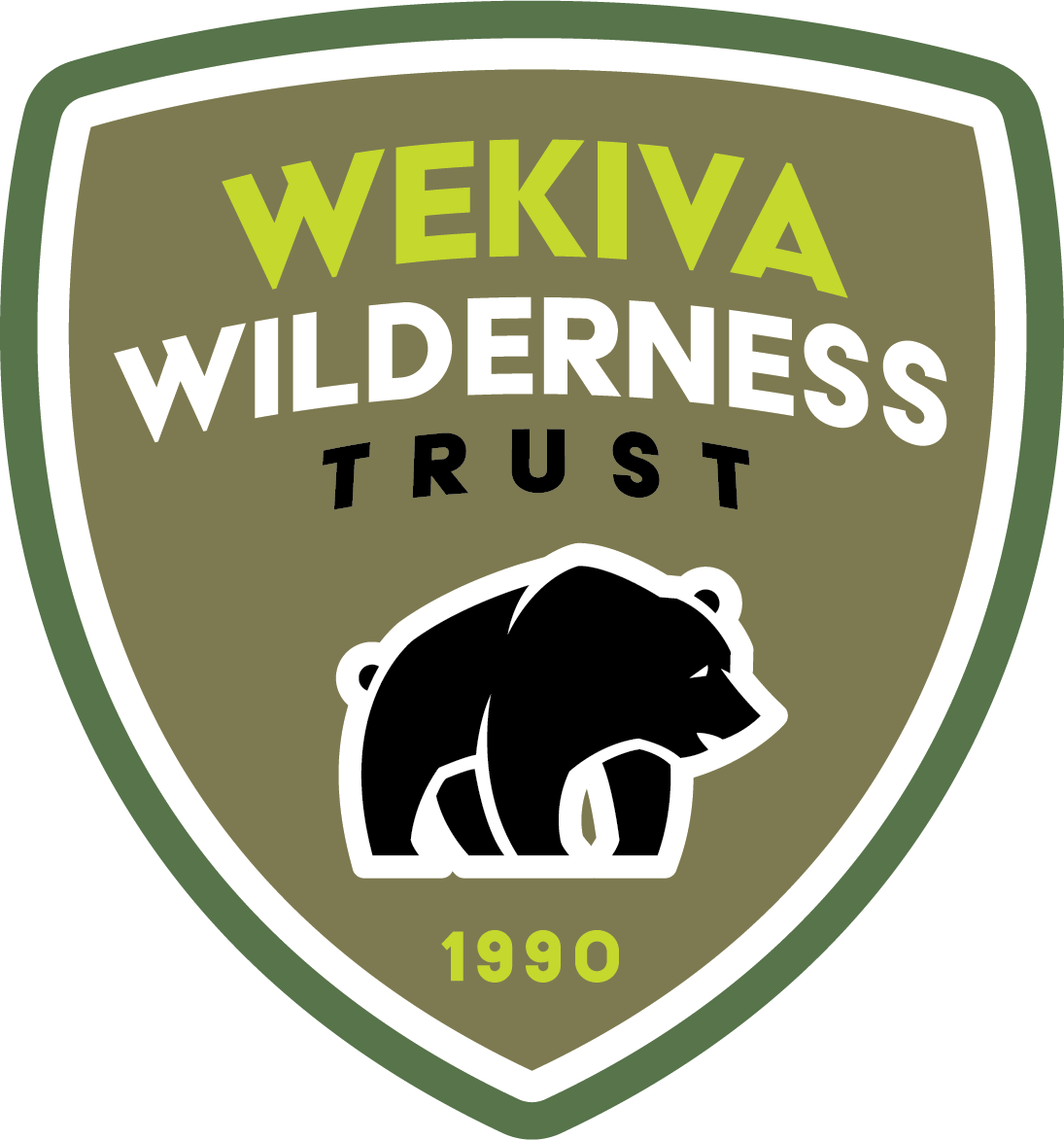About |
| Welcome to the Wekiva Wilderness Trust, the 501(c)3 not-for-profit volunteer organization that supports Wekiwa Springs State Park. There are many volunteer opportunities from helping to run the nature center and conducting guided walks to river patrol and assisting rangers in the park. Our Board meets in the park at 4 pm on the second Tuesday of every month and visitors are very welcome. During COVID, meetings have been held virtually by ZOOM. Wekiva Wilderness Trust, Inc., established in 1990, is a Florida Not For Profit corporation (EIN 59-2971659) and has been approved by the Internal Revenue Service as a 501(c)(3) tax-exempt, charitable organization. All or part of your gift may be tax deductible as a charitable contribution. Please check with your tax advisor. A copy of the official registration and financial information may be obtained from the Division of Consumer Services by calling the toll-free, within the state, 1-800 help FLA. Registration does not imply endorsement, approval, or recommendation by the state. |
|

